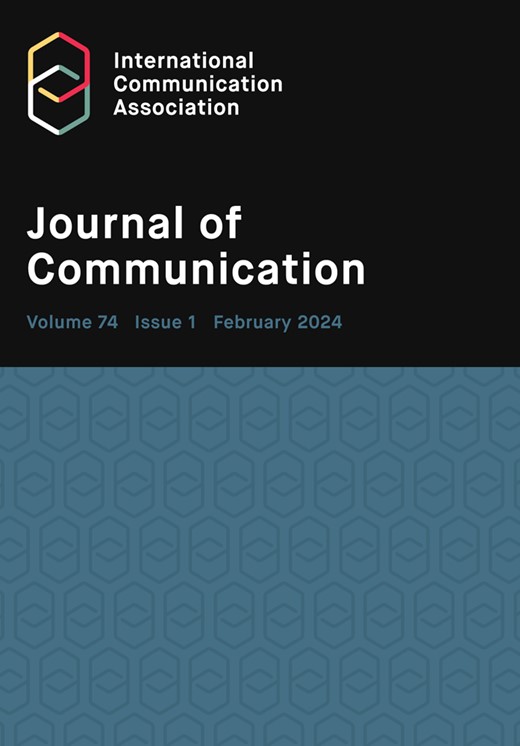融合理论引导的机器学习和生物传感:考虑儿童如何从动态多媒体学习科学的时间
IF 5.5
1区 文学
Q1 COMMUNICATION
引用次数: 0
摘要
强大的机器学习算法与配备生物传感器的日常设备的动态数据相结合,将出现一个信息处理研究的新时代。我们的研究通过将理论指导的人工神经网络与眼球运动结合起来,了解人们如何从动态多媒体中学习科学概念,从而迈出了进入这个时代的关键一步。我们的理论指导机器学习方法的关键是对时间的认知概念化,即过去和新信息之间的动态相互依存关系,指导如何关注和理解多媒体。我们追踪了197名儿童在观看教育视频时的眼球运动。我们训练了两种理论指导不同的神经网络架构来预测使用眼球运动的学习结果。理论指导的体系结构考虑了信息的时间依赖性,产生了更准确的样本外预测。我们的工作促进了理论指导机器学习的使用和监控实时学习系统的开发。本文章由计算机程序翻译,如有差异,请以英文原文为准。
Fusing theory-guided machine learning and bio-sensing: considering time in how children learn science from dynamic multimedia
A new era of message processing research will emerge from the convergence of powerful machine learning algorithms with dynamic data from everyday devices equipped with biological sensors. Our study takes critical steps into this era by integrating theory-guided artificial neural networks with eye movements to understand how people learn science concepts from dynamic multimedia. Essential to our theory-guided machine learning approach is a cognitive conceptualization of time as the dynamic interdependence between past and new information that guides how multimedia is attended to and understood. We tracked the eye movements of 197 children as they watched an educational video. We trained two neural network architectures differing in theory guidance to predict learning outcomes using eye movements. The theory-guided architecture, which considered the temporal interdependence of information, yielded more accurate out-of-sample predictions. Our work advances the use of theory-guided machine learning and the development of systems that monitor real-time learning.
求助全文
通过发布文献求助,成功后即可免费获取论文全文。
去求助
来源期刊

Journal of Communication
COMMUNICATION-
CiteScore
11.60
自引率
5.10%
发文量
41
期刊介绍:
The Journal of Communication, the flagship journal of the International Communication Association, is a vital publication for communication specialists and policymakers alike. Focusing on communication research, practice, policy, and theory, it delivers the latest and most significant findings in communication studies. The journal also includes an extensive book review section and symposia of selected studies on current issues. JoC publishes top-quality scholarship on all aspects of communication, with a particular interest in research that transcends disciplinary and sub-field boundaries.
 求助内容:
求助内容: 应助结果提醒方式:
应助结果提醒方式:


